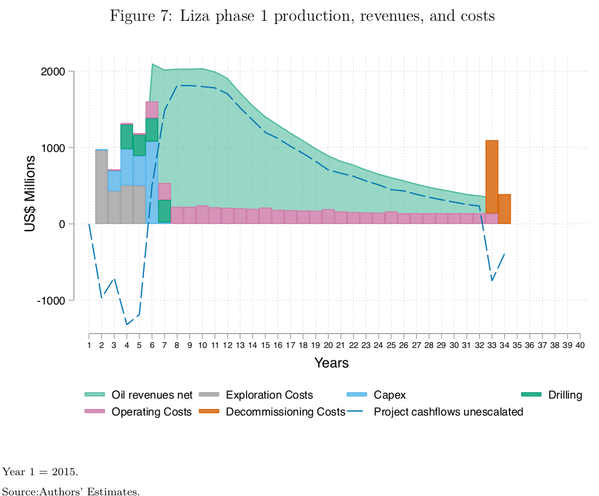November 27 ,2020
Although ExxonMobil has been bullish on its over nine billion barrels of oil reserves to date in the Guyana basin, the Wall Street Journal on Wednesday reported that from documents it has seen, the company has lowered its outlook on oil prices for much of the next decade.
“As part of an internal financial-planning process conducted this fall, Exxon cut its expectations for future oil prices for each of the next seven years by 11% to 17%, according to the documents,” the WSJ reported. The sizable reduction, according to WSJ, “suggests the Texas oil giant expects the fallout from the coronavirus pandemic to linger for much of the next decade.”
It noted that the fossil-fuel industry is also contending with increased competition from renewable-energy sources and electric vehicles, as well as the prospect of increased climate-change regulation around the world.
The U.S oil major doesn’t publish its internal views on commodity prices, which it views as proprietary. Some investors, WSJ said, have pressured Exxon to release them, arguing that the forecasts are critical to understanding a company’s plans and the future value of its assets.
“In 2019, Exxon had internally forecast that Brent oil prices, the global benchmark, would average around $62 a barrel for the next five years before increasing to $72 a barrel in 2026 and 2027, the documents state. This summer, the company lowered that forecast to between $50 and $55 a barrel for the next five years, before eventually topping out at $60 a barrel in 2026 and 2027, according to the documents, which were dated September,” the WSJ noted.
It also pointed out that Brent oil is currently trading for about $47 a barrel after a jump in prices this week that has brought prices back to their highest levels since spring. And according to an Exxon Executive, Exxon’s new price forecast was used at an early stage of modeling its financial plan, which the company’s board was set to vote on this month, WSJ stated. It said that an Exxon spokesman declined to say what its current price projections are, saying that the company uses a range of prices to develop its business plans.
Of note was that years of lower oil prices threaten to put further financial pressure on Exxon, which has posted three straight quarterly losses this year for the first time on record, and before the pandemic was in the midst of a plan to spend US$230 billion to pump an additional one million barrels of oil and natural gas a day by 2025.
While Exxon doesn’t disclose its forecasts, the WSJ pointed out that the company has sounded upbeat in public statements about the long-term future for the oil industry coming out of the pandemic.
“The company told investors in October that current underinvestment in oil and gas production would leave the world short of needed fossil fuels in coming years. In a note published on Exxon’s website in October, Chief Executive Darren Woods called the industry’s woes temporary and said that the need for Exxon’s products would increase in the near future,” the WSJ said. Pulling from Woods’ presentation to investors, WSJ reminded of him saying “Even accounting for the short-term demand impact of Covid-19, the investment case is still clear.”




